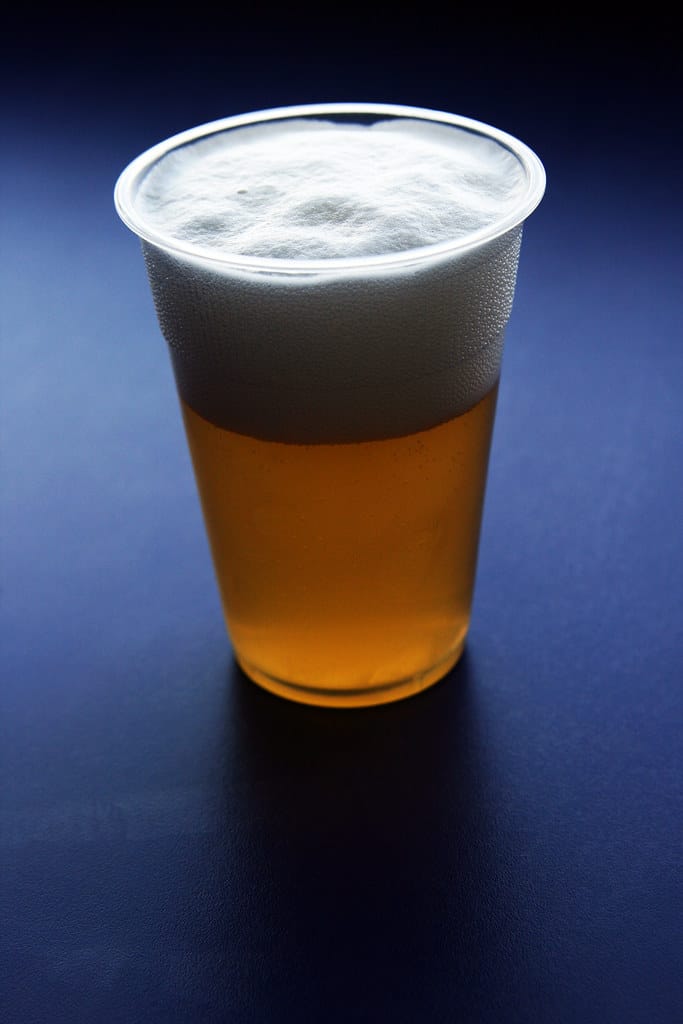Scientists Crack the Code: How to Create the Perfect Beer Foam That Won't Disappoint
The next time you pour a pint and watch that creamy, white head slowly deflate into a sad, flat disappointment, remember this moment. Scientists have finally unlocked the molecular secrets behind creating thick, stable beer foam that can stand the test of time—and their findings could revolutionize your drinking experience.
The Science Behind the Suds
For decades, brewers have relied on intuition, tradition, and trial-and-error to perfect their foam game. Now, researchers at the University of California, Berkeley, have published groundbreaking findings in the journal Nature Communications that reveal the precise molecular mechanisms governing beer foam stability.
The secret lies in the delicate balance between proteins, hop compounds, and carbon dioxide—a trio that creates what scientists call "interfacial rheology." Dr. Sarah Chen, the study's lead researcher, explains: "We discovered that specific protein structures form microscopic scaffolds that trap CO2 bubbles, while certain hop-derived compounds act as natural stabilizers."
Why Foam Matters More Than You Think
Before dismissing this as purely academic curiosity, consider the economics. The global beer market, valued at $821 billion in 2023, loses an estimated $12 billion annually due to consumer dissatisfaction with foam quality. Poor head retention affects perceived taste, aroma release, and overall drinking experience.
"Foam isn't just aesthetics," notes Master Brewer James Morrison from Brooklyn's renowned Hopcraft Brewery. "It concentrates aromatics, affects mouthfeel, and signals quality to consumers. A beer that can't hold its head is fighting an uphill battle."
The Molecular Players
The research identified three critical components:
Lipid Transfer Proteins (LTPs): These barley-derived molecules create flexible films around CO2 bubbles, acting like microscopic bubble wrap that prevents premature bursting.
Iso-alpha acids: Found in hops, these compounds lower surface tension and create stronger bubble walls. The study found that beers with 15-25 parts per million of these acids showed 40% better foam retention.
Mannoproteins: Yeast-derived proteins that add viscosity to the liquid phase, slowing bubble drainage and collapse.
Real-World Applications Already Emerging
Several craft breweries have already begun implementing these findings. Deschutes Brewery in Oregon reports a 35% improvement in foam stability after adjusting their protein levels based on the research parameters. Similarly, Germany's Augustiner-Bräu—famous for their traditional methods—confirmed that their century-old techniques align perfectly with the newly discovered optimal ratios.
The implications extend beyond craft brewing. Major producers like Anheuser-Busch InBev have invested $50 million in foam optimization research, recognizing that consistent head retention could significantly impact their market share in the competitive beer landscape.
The Technology Behind Perfect Pours
The Berkeley team developed sophisticated measurement techniques using high-speed cameras and laser interferometry to track individual bubble behavior in real-time. Their "foam decay mapping" technology can predict head retention within 3% accuracy—a breakthrough that's already being licensed by brewing equipment manufacturers.
This precision matters enormously in commercial production. A single batch variation that reduces foam stability by 20% can result in thousands of disappointed customers and damaged brand reputation.
Consumer Impact and Industry Transformation
For beer enthusiasts, these advances promise more consistent experiences. The research suggests that optimal foam should maintain 80% of its initial height for at least four minutes—a benchmark that only 23% of commercially available beers currently achieve.
Homebrewers are particularly excited about the practical applications. "Understanding the protein-to-hop ratio transforms brewing from art to precision science," says Lisa Rodriguez, president of the American Homebrewers Association. "We're seeing 60% improvements in foam quality among members applying these principles."
Looking Forward: The Future of Beer Foam
As this research translates into commercial applications, consumers can expect dramatically improved beer experiences over the next two years. The scientists are now investigating how different water mineral compositions affect foam stability, potentially unlocking even greater consistency across different brewing regions.
The perfect pint may finally be within reach, backed not by centuries of guesswork, but by rigorous molecular science. For an industry built on tradition, this represents nothing short of a revolution—one bubble at a time.
